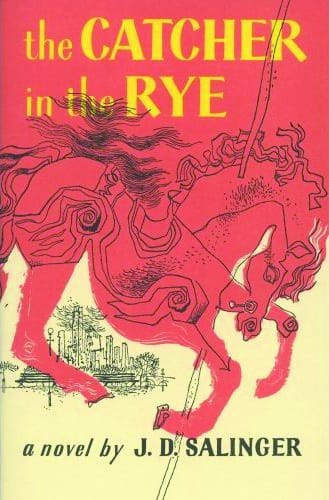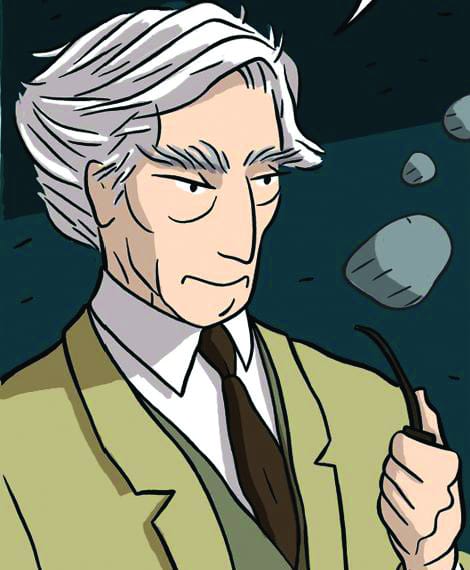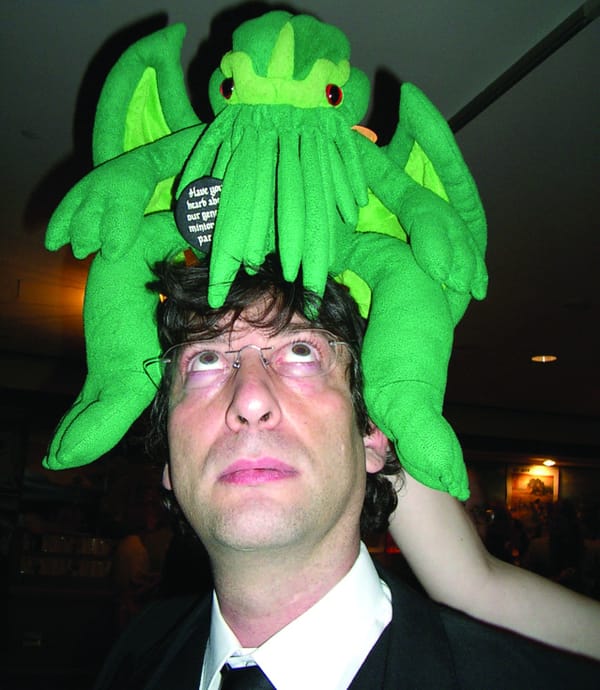...and his greatest masterpiece
The Catcher in the Rye – the archetypical story of teenage disillusionment, confusion and rebellion

J. D. Salinger’s only full length novel, The Catcher in the Rye, has become one of the 20th century’s defining novels, dealing powerfully and intelligently with the turbulent feelings of loneliness, alienation, and sexual confusion felt by so many during their adolescence. The book is narrated by Holden Caulfield, a teenage boy convalescing in a sunny Californian mental hospital, as he relates the circumstances that lead up to an unspecified mental breakdown he went through.
His story begins on a winter evening at the prep school he attended in Pennsylvania. With the holidays approaching, Holden has learned he has been expelled, and finds himself alone and frustrated in his dormitory while his schoolmates attend a football match. Holden is a boy that most people who have experienced teenage years can relate to: weak, forgetful, self-obsessed, unsure of his own attractiveness, and jealous of the achievements and supposed sexual conquests of his classmates. As the evening progresses, we witness the hostility Holden has for the world around him, and will be a constant theme of the book, as he gets in fights with his roommates for little reason. Feeling no point in staying at the school, Holden walks out, and takes a train to his home of New York City, where he rents a hotel room and tries to imitate an adult life.
Holden is a boy that most people who have experienced teenage years can relate to
The book is centered around a metaphor that Holden relates to the reader: he day-dreams of standing in a field of rye growing on the edge of a cliff, wearing his red hunter’s hat. Young children, too small to see over the rye, run blindly towards the edge, and Holden is the only one who can catch them before they destroy themselves. It is with this unforgettable, and justly famous, metaphor that Salinger reflects Holden’s attitude towards life: through Holden’s narration, couched in the slang of a forties teenager, he derides the people and places around him as “phonies” and “crumby”, believing that everyone around him is putting on an act.
Only his little sister is exempt from his criticism, and it is she in particular that he sees as one of the children running through the rye, peacefully living out her halcyon prepubescent years in the rye before plunging off the cliff into the tribulations of the adult world that he himself feels so acutely. Holden’s actions in the novel show him desperately trying to find a place for himself in life. By running away to New York and attempting to find people he can relate to in some way, he is trying to imitate the lives of the adults he sees around him, but experiences only disappointment when he finds that he lacks the maturity to deal with the situations he puts himself in. As the book progresses, and Holden gradually reveals the past experiences that have shaped the way he views the world, it becomes clear that Holden is the one who needs saving before he plunges off a cliff that he himself is running towards, through the rye.







